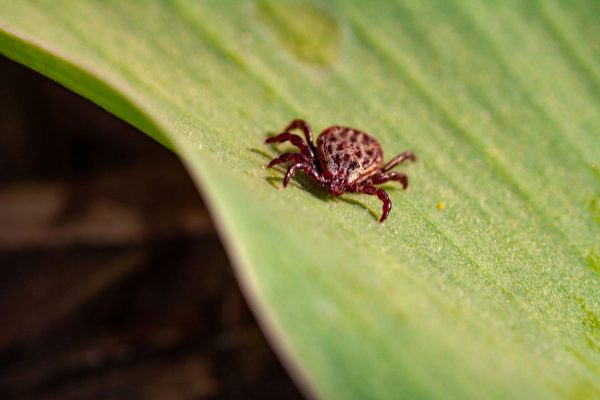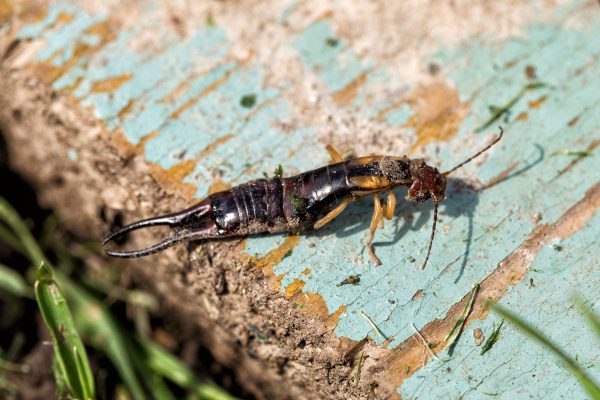Deer ticks and lone star ticks can transmit diseases to humans and other animals. If you're living in an area where they are commonly seen, it would be prudent to identify them in case of a bite incident. There are distinct differences between them that you should know, so we've done the research for your information.
The most obvious difference between deer ticks and lone star ticks is their appearance. Deer ticks are larger, are brown or black, and have random white spots on the dorsal part of their back. Lone star ticks are reddish-orange, with a single white star-like dot on the mid part of their back, thus the name "lone star."
Would you like to know more about which species puts you more at risk of a disease? Read on as we discuss their appearances, where they can be found, and what diseases they can carry that pose a threat to humans and animals.
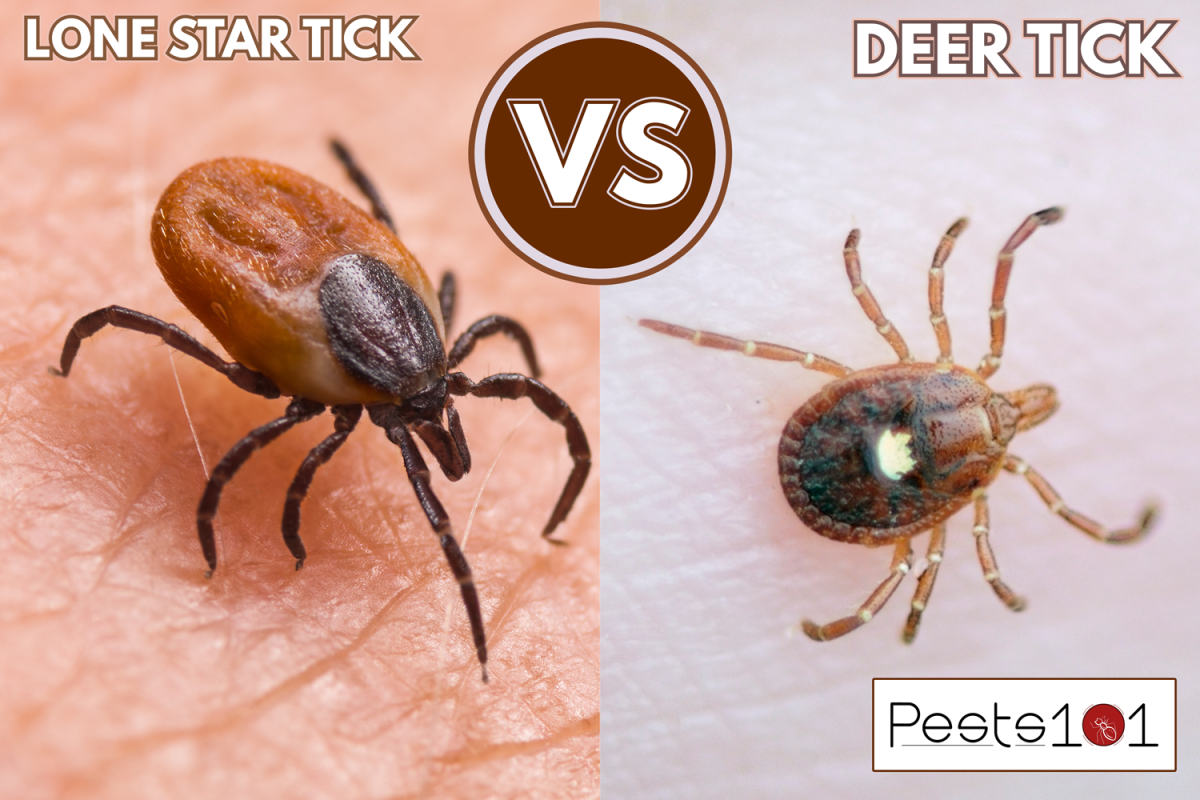
Deer Tick Vs. Lone Star Tick
Deer ticks and Lone Star ticks are two of the most common ticks in the United States. Both species are found throughout the country, and they are both capable of carrying diseases that can be transmitted to humans.
Deer ticks and lone star ticks both have similar life cycles, but they do differ in appearance and behavior. Here are some of the biggest differences between these two tick species:
- Deer ticks tend to be larger than lone star ticks.
- Lone star ticks have a distinctive black dot on their back, which is sometimes also called a "lone star," making them easier to spot when compared with deer ticks.
- Deer ticks are darker brown in color while lone star ticks are reddish-brown.
Deer ticks and lone star ticks often get mixed up because, despite their distinct differences, they have a lot in common. For instance, they both have eight legs and the same life cycle.
An adult male lone star tick won't have a distinct white spot, but rather lighter white streaks, so they can be confused with deer ticks.
Deer Tick (Ixodes Scapularis)
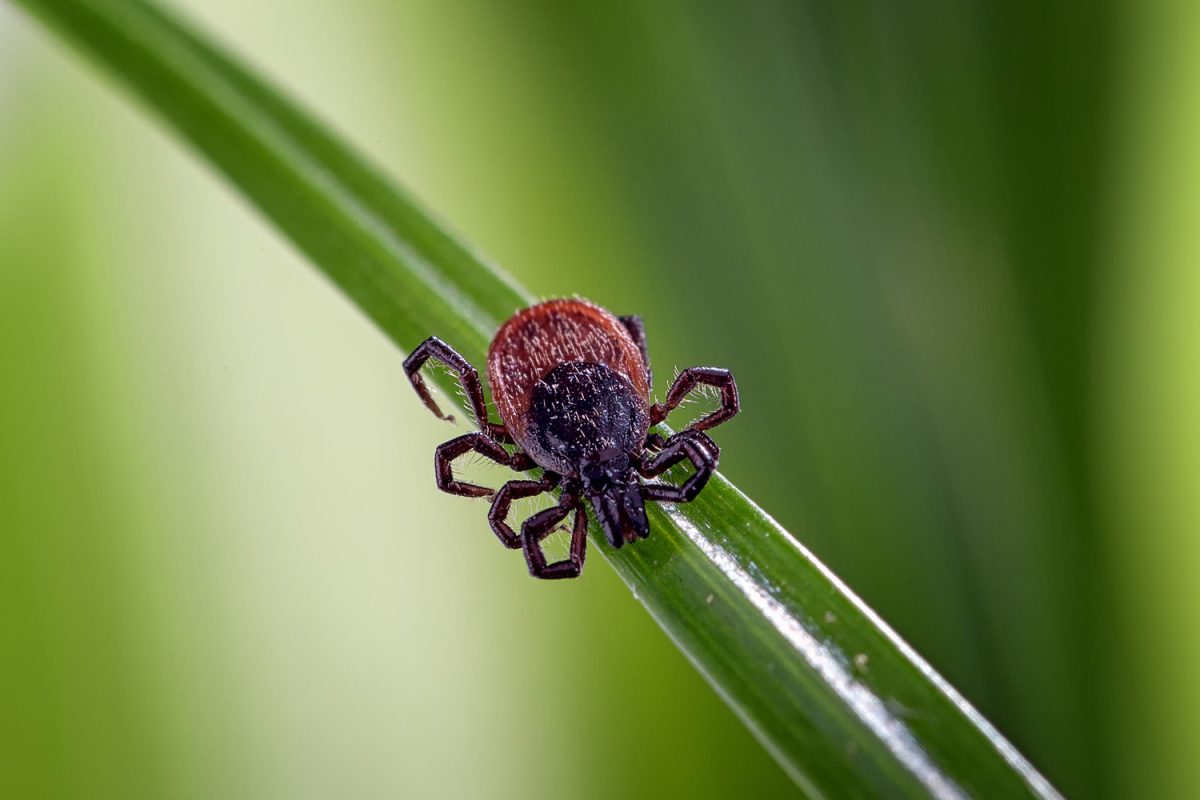
A deer tick is a small, dark, and brownish-red arachnid that feeds on the blood of mammals, including humans. It can be found in the eastern United States and across Canada. They are also found throughout North America and can be difficult to spot because they are small and dark-colored.
Deer ticks are also known as black-legged ticks and winter ticks. They have a flat body shape and can range in size from 1 to 3 millimeters long (about 1/16-inch). They have a brownish-red head and body, with a white or cream-colored abdomen.
Appearance
Deer ticks have eight legs like most ticks but they also have an additional pair of appendages called chelicerae (clawlike mouthparts) which they use to attach themselves to people or animals while they drink blood.
The chelicerae are used only once during their life cycle when they first attach themselves to their host animal; after that point, they rely on their legs for movement.
Life Cycle
Deer tick life cycle is comprised of four stages: egg, larva (grows six legs), nymph (grows eight legs), and adult. Their entire life cycle can last for two years, beginning in early spring.
Once they attach to the skin, deer ticks can burrow so deeply that they can only be seen through magnification. They feed on blood for several days before dropping off their host and laying eggs.
These eggs hatch into larva that begin feeding on small insects like mosquitoes and flies before becoming adults themselves in about two months' time—which is why it's important to check yourself thoroughly after spending time outdoors during deer tick season (typically April through June).
Deer ticks are typically found in grassy areas, particularly near wooded regions.
Lone Star Tick (Amblyomma Americanum)
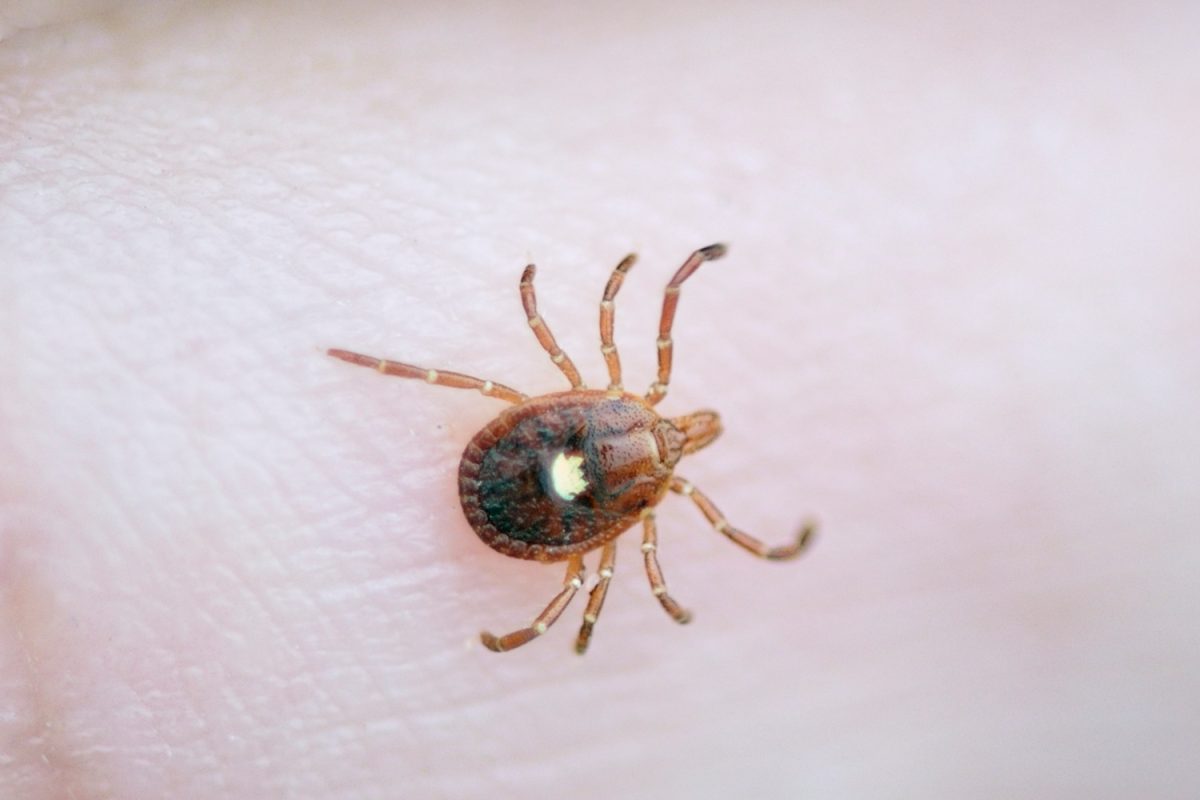
Lone star ticks are a species of tick that is native to the southern United States but has spread throughout much of the country. They are most common in Texas, Oklahoma, Arkansas, and Missouri.
They are named for the characteristic white spot on their back, which looks like a "lone star." The white spot on their back is more predominant on female ticks while the male has white streaks.
Lone star ticks can be found in grassy areas or low-lying shrubs or trees, where they wait for their hosts to pass by to attach themselves to them and begin feeding on their blood. They prefer feeding on medium-sized mammals such as cats or dogs; however, they will also feed on humans if given the opportunity (although rare).
Appearance
Lone star ticks are about the size of a sesame seed. It has three body parts (head, abdomen, and thorax) and eight legs. It also has long mouthparts that enable it to feed on blood from its host. Adult Lone star ticks are about 1/8-inch long; they have an orange head, eight legs, and a dark brown body.
The lone star tick has a large body compared to other ticks, but it doesn't grow as large as some other species, such as deer or dog ticks. Their females can grow between 2-6 millimeters long (1/16- to 1/4-inch) when fully grown.
Life Cycle
Lone star ticks also have four life stages: egg, larva, nymph, and adult. The larvae are about the size of a pin head. The nymphs look like smaller versions of adults but have smaller white markings on their backs.
Lone star ticks are usually active during the spring and summer months, but they may also be found in other seasons. They are typically found in wooded areas and can be found on deer or other animals.
They prefer moist environments with plenty of shade for their eggs to hatch and larvae to grow into nymphs before becoming adults.
Can You Get Lyme From A Lone Star Tick?

Even healthcare providers are confused about whether lone star ticks carry Lyme disease because of their similarity to other ticks that carry the disease. However, according to the Center for Disease Control and Prevention (CDC), the lone star tick is not known to carry Lyme disease but has been found to carry other illnesses.
It's also important to remember that any tick bite could lead to a bacterial infection and different types of illnesses such as Rocky Mountain spotted fever (RMSF) and Southern Tick-Associated Rash Illness (STARI).
Those bitten by a lone star tick often develop a circular rash similar to the rash seen in Lyme disease patients. This gives others the impression that they carry the disease, however, this is not the Borrelia burgdorferi bacterium that causes Lyme disease.
This rash has been identified as STARI and can be treated with an oral antibiotic.
Which Disease Is Spread By The Deer Tick?

Deer ticks are dangerous because they can carry diseases like Lyme disease and RMSF. Technically, they do not spread disease; instead, they carry bacteria that cause Lyme disease when they bite someone who has been infected with the bacteria (usually from another infected host animal such as mice or chipmunks).
Some of the other diseases that can be spread by a deer tick include anaplasmosis, babesiosis, and Powassan Virus, If you live in an area where deer ticks are common then you should take precautions such as wearing long pants and socks when outside.
In Conclusion
You can identify an adult deer tick by its larger size, darker color, and random white spots on the back. A lone star tick will be reddish-brown in color and has a distinct single white spot on its back. An adult male lone star tick, however, does not have this white mark but will have lighter white streaks.
We hope this information helped you distinguish between a lone star tick and a deer tick. This information is important, especially if you live in an area where these ticks are prevalent because they can carry diseases that are harmful to humans and animals.
For more helpful information about pests, you may check out our other informative articles:

